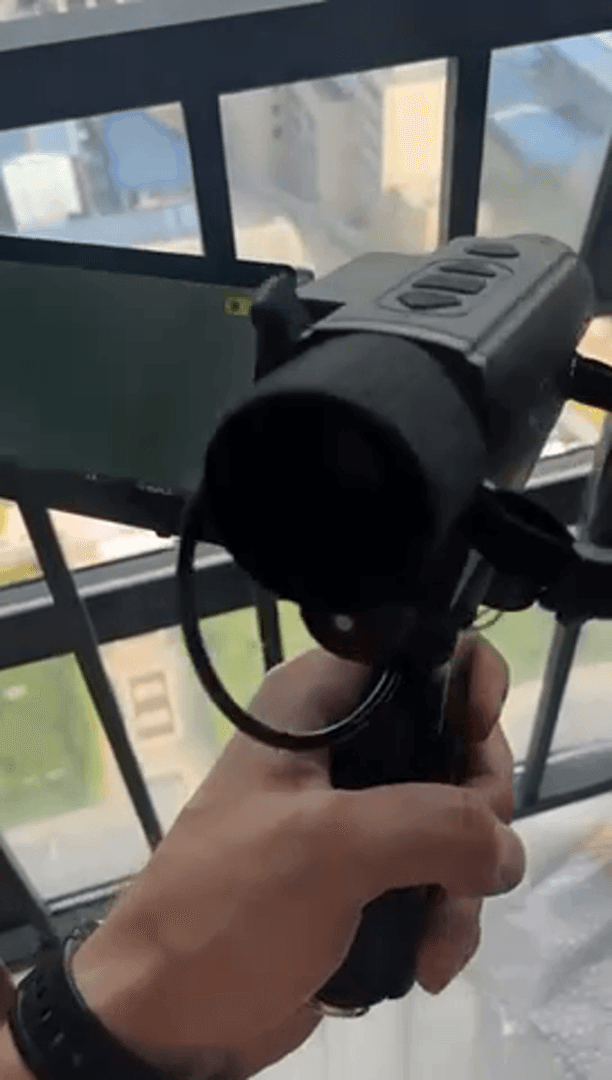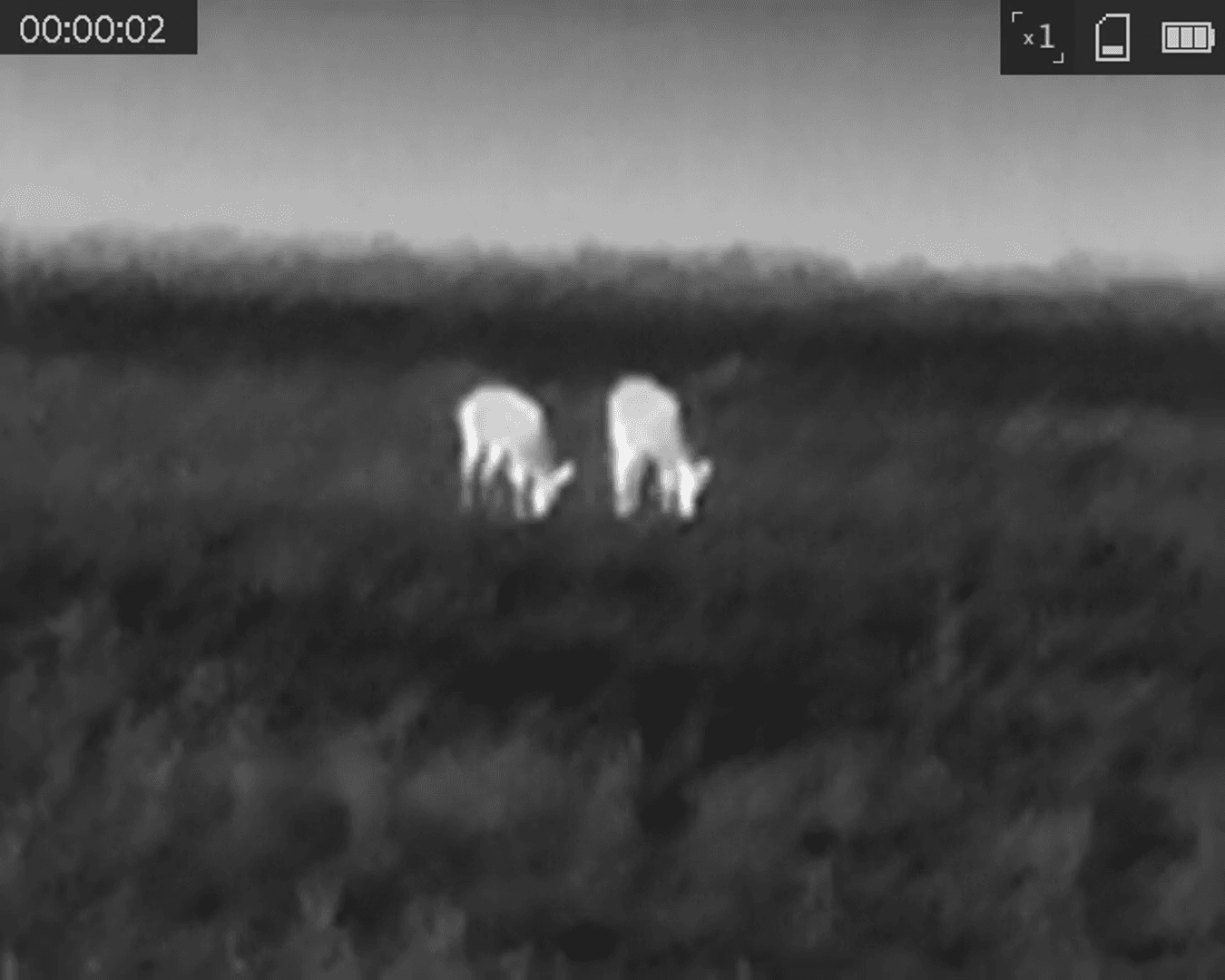
CZ 557 Rifle in .30-06 Springfield Review As an avid hunter and shooting enthusiast, I recently acquired the CZ 557 chambered in .30-06 Springfield, and I want to share my experiences with this fire
Post: 5 December 21:42

Post: 5 December 21:42

Post: 5 December 08:57

Post: 4 December 22:50

Post: 4 December 17:35

Post: 4 December 15:23

Post: 4 December 10:24

Post: 3 December 23:40

Post: 3 December 08:38

Post: 30 November 17:41

Post: 29 November 22:23

Post: 29 November 09:43

Post: 28 November 23:40

Post: 28 November 23:07

Post: 28 November 10:47

Post: 28 November 08:00

Post: 27 November 10:49

Post: 26 November 23:39

Post: 26 November 23:30

Post: 26 November 11:33

Post: 22 November 09:08

Post: 22 November 09:01

Post: 22 November 08:56

Post: 21 November 12:12

Post: 21 November 10:43

Post: 19 November 22:44

Post: 19 November 22:23

Post: 19 November 22:14

Post: 5 November 16:46

Post: 5 November 09:42

Post: 3 November 11:07

Post: 2 November 23:57

Post: 1 November 17:22

Post: 1 November 10:12

Post: 31 October 17:21

Post: 30 October 13:00

Post: 27 October 12:44

Post: 31 January 22:03

Post: 31 January 09:17

Post: 29 January 21:48

Post: 21 January 23:47

Post: 21 January 23:31

Post: 21 January 09:34

Post: 17 January 15:08

Post: 12 January 01:05

Post: 5 January 01:34

Post: 26 December 17:48

Post: 26 December 00:41

Post: 25 December 22:52

Post: 25 December 13:46

Post: 25 December 13:11